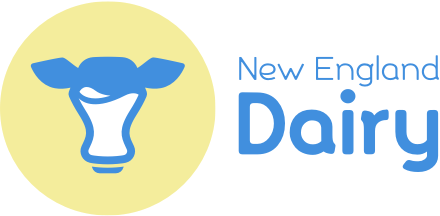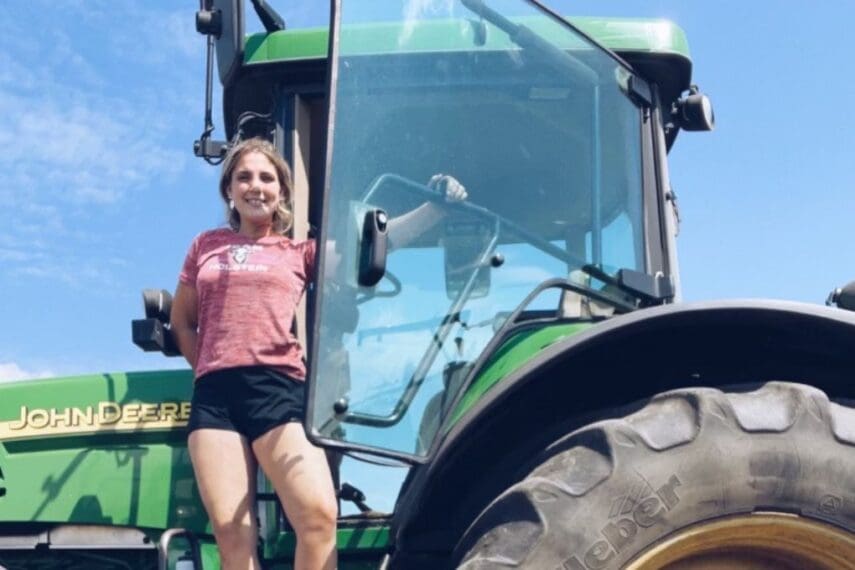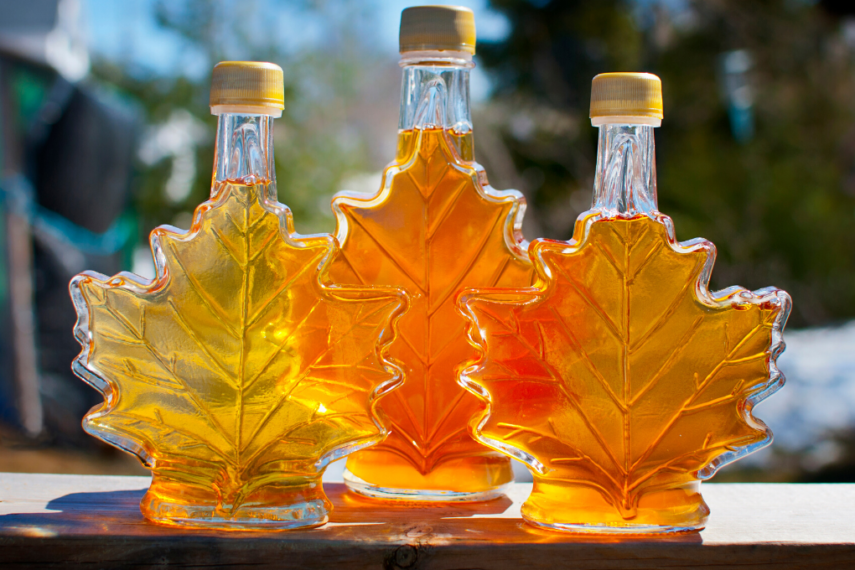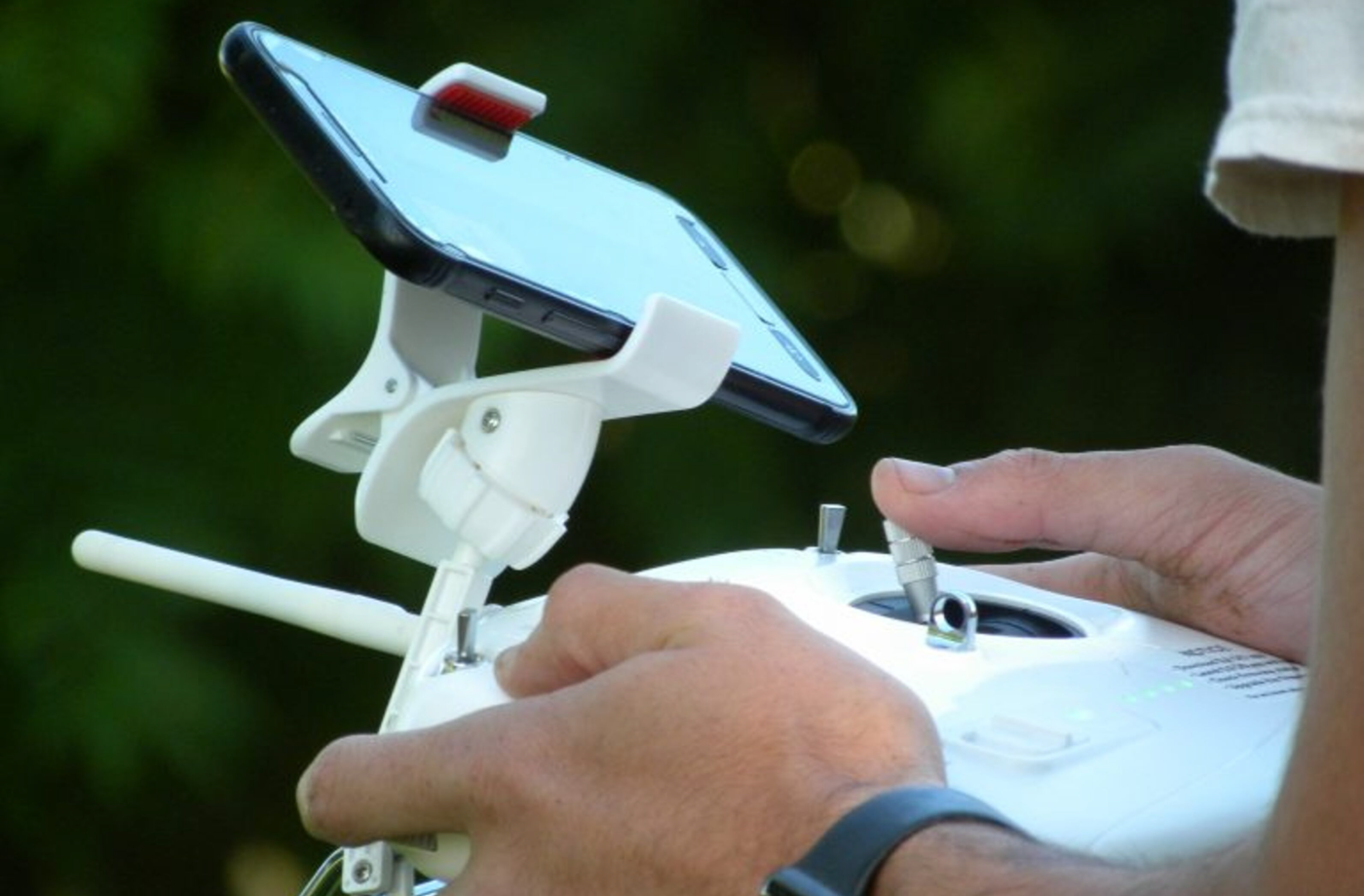
From your cotton t-shirt, to the milk on your cereal, to the ethanol gas in your car, our lives are powered by agriculture.
Farming practices change from generation to generation to keep up with a growing global population. In the 1940’s, one U.S. farmer produced enough to feed 19 people. By the 2000’s, that number had grown to 155, an exponential jump powered by technology.
In the past, farmers would have to do field work by hand or with a horse-drawn team. Today, farmers rely on automated tractors driven by GPS, allowing for an even distribution of crops like corn. While technologies have changed, farmers’ priorities have not. They want to care for their animals and protect our lands and waterways.
In New England, Vermont is home to around 700 dairy farmers. Dairy is a $2.2 billion industry powered by the Green Mountain State’s more than 130,000 cows. You still see red barns in green meadows and on rolling hills. The essence of the dairy farm hasn’t changed, but what you’ll find on a modern dairy farm has changed significantly thanks to innovative technology.
Drones Provide New Visibility to Crops and Cows
On a sunny morning in Northern Vermont, young dairy farmers and brothers Dale and Dylan Nelson, and Dylan’s wife Meg, are busy at work with a controller in hand. With motors whirling, a white drone lifts into the air. The trio has dealt with a rainy, wet summer. The drone is used to monitor their corn fields through its mounted camera.
Farmers across the country are adopting drone technology for multiple uses, from checking the health and growth of their crops, to monitoring their cows grazing out in a pasture. Drones allow farmers to get a birds-eye view of their land, and saves them time from having to drive or walk to different locations. Farmers wear many hats, any technology that allows them spend less time getting the job done, and getting on to the next, is money well spent.
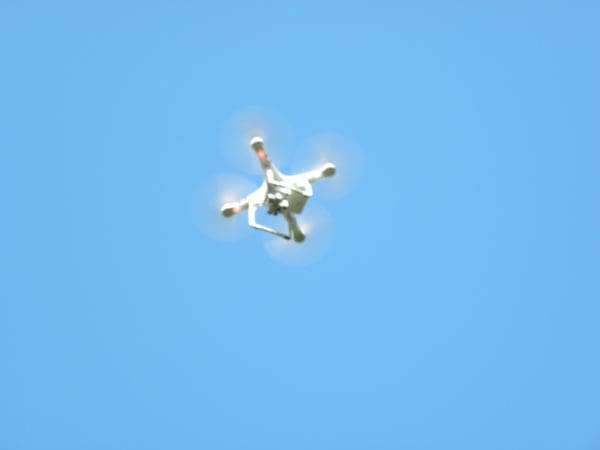
Manure Becomes Renewable Energy
Drones aren’t the only technology paying dividends on the Nelson Boys Dairy Farm. In 2015, the family installed a Green Mountain Power – ‘Cow Power’ Methane Digester. The machine allows the farm to recycle cow manure into renewable energy. That electricity is sent back into the grid, powering local homes. The digester is also turning that manure into a liquid byproduct used as fertilizer on their fields, and the sterile, dried solids are used as bedding for their cows.
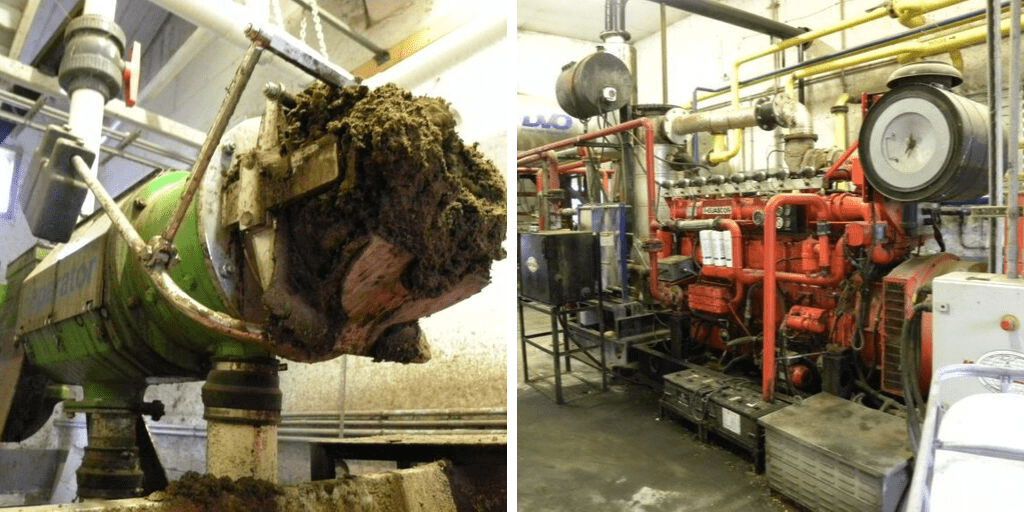
High Tech Means Happy Cows
The cows are always the focus for the Nelsons, as well any other dairy farmer across the country. Many farmers house their animals in freestall barns, which allows cows to move about to eat, drink and rest whenever they wish. Climate controlled fans and curtains keep the barn cool in the summer and warm in the winter. Both features kick-on when the temps reach a certain mark. Many freestall barns also include back scratchers for the cows. This technology is another tool to keep cows comfy and also help with cleanliness.
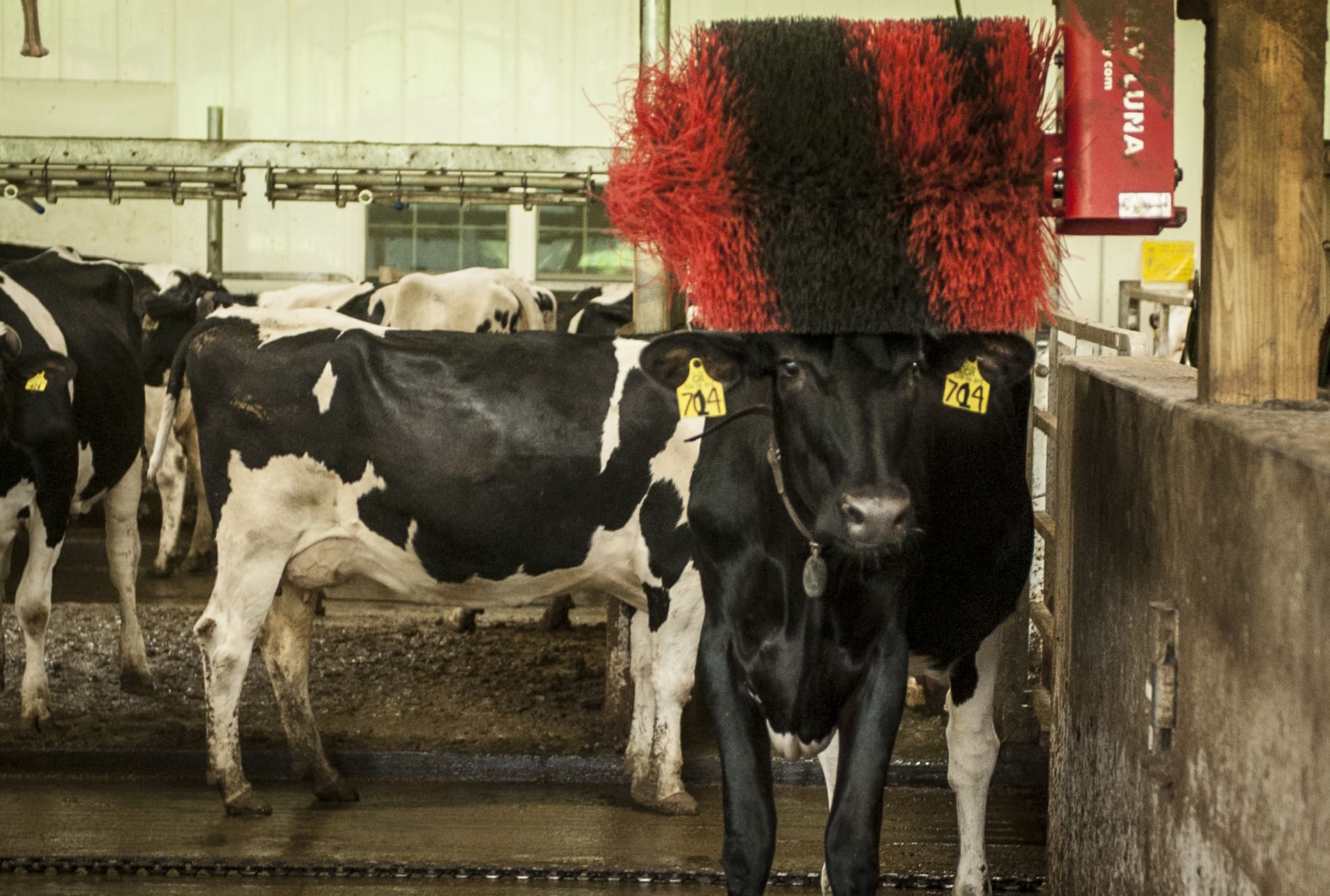
The Nelsons also utilize cameras in their barns and buildings to keep an eye on their cows. They can know when calves are born, or how quickly their cows are going through feed.
Meg and Dylan chuckle about their phones. Alerts pop up on apps about their cows health and milk production. The cows wear collars that provide all of the data on cow activity that is fed to the apps. The two joke they feel “so millennial” relying on their smartphones, but to them, the devices are the central-hubs of their farm. And that’s perfect.
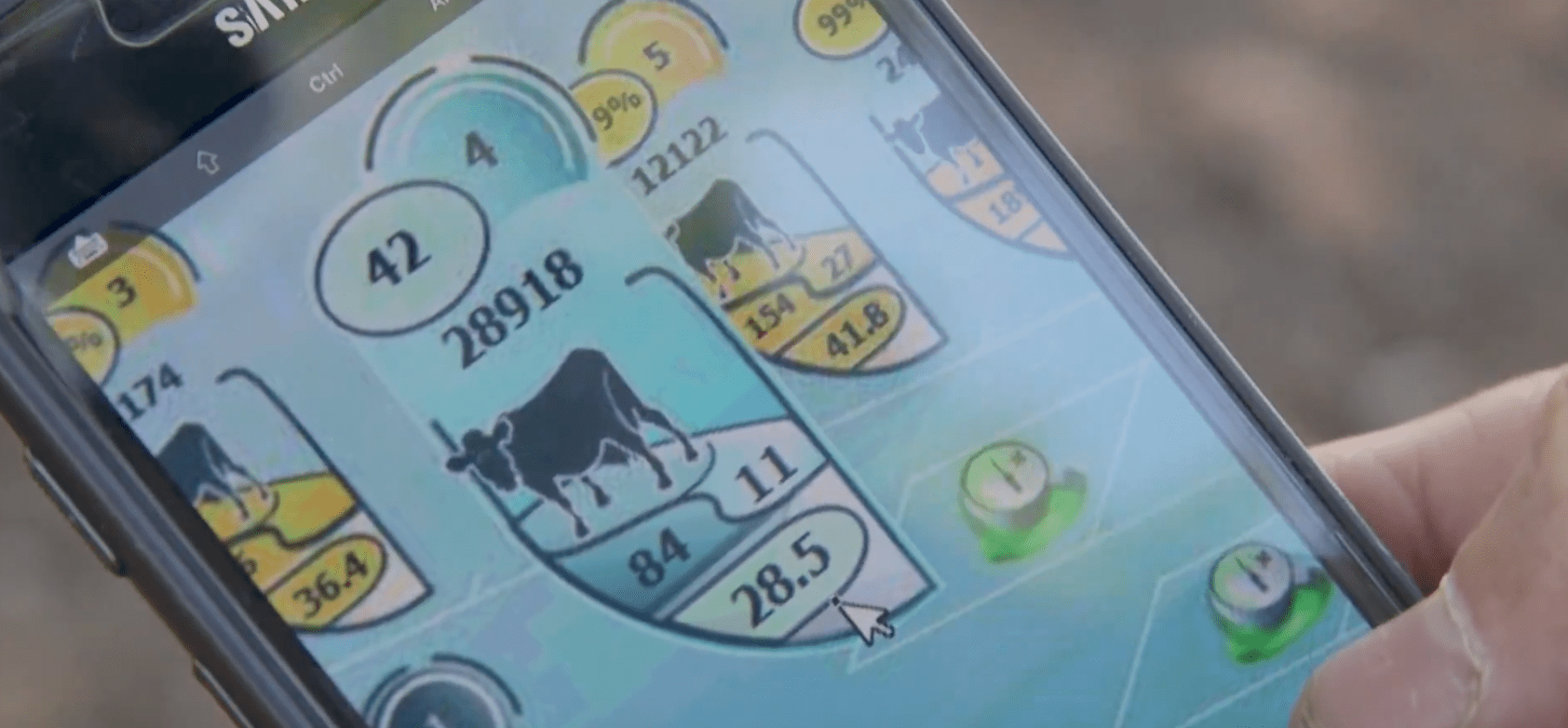
Happy and cows, mean more milk. This mindset fuels everything dairy farmers work to accomplish day after day. For Kelly and Joan Sweet, of Sweet Dairy Farm in Fletcher, Vermont, a few special features keep their cows comfortable. Automatic back-scratchers activate whenever their cows walk underneath. Their state-of-the-art barn also has a special water recycling system which sends 4,000 gallons of recycled water collected on the farm, down the barn-aisles as another tool to keep the cow’s area clean – also a nice foot bath for their ladies!
Cows Make More Milk for Robots
Maybe most impressive, are the Sweet’s four robotic milking machines housed in the center of the barn. Cows walk into the milking stalls and the machines digitally read a sensor found on a collar around the cows’ necks (these devices track steps taken, eating habits, and how long they’re chewing their cud – all signs of a cow’s health). Grain is dropped into a tray, and the machine goes to work. An automated arm swings out under the cow’s udders, cleans them, and a laser guides suction cups onto the teats.
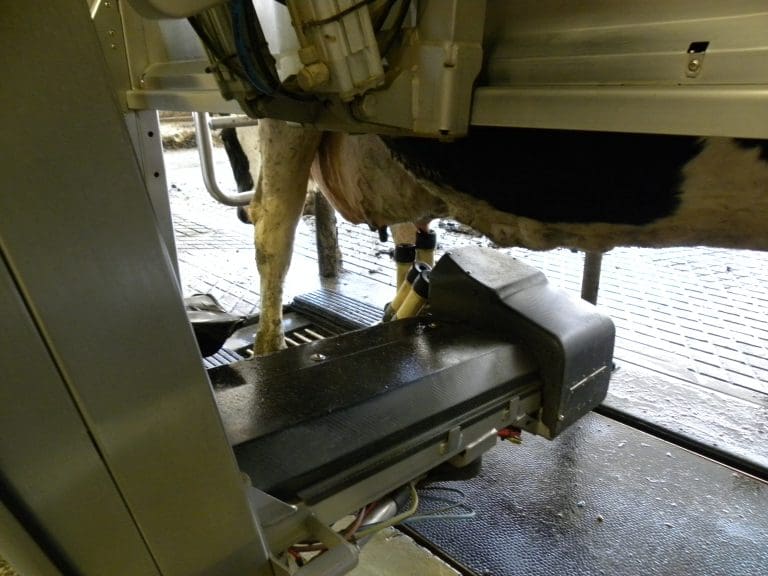
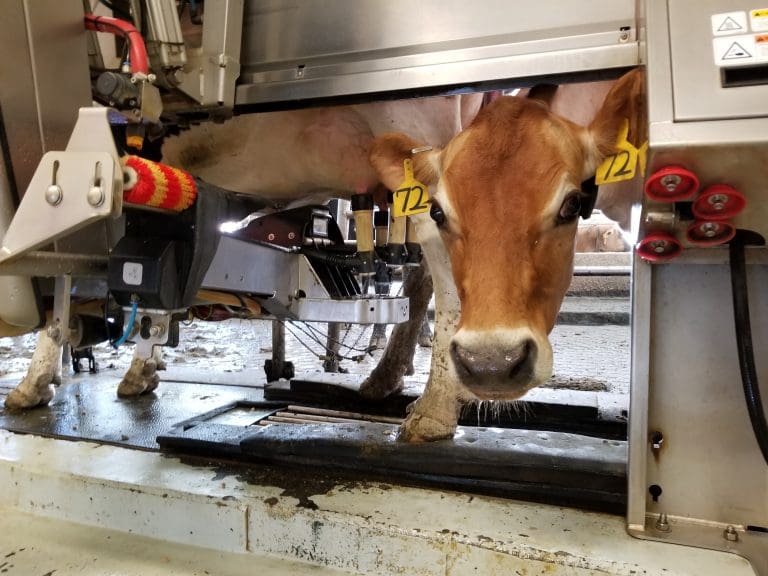
This technology frees the Sweets to take care of other work on the farm. Robotic milkers often mean an increase in milk production for each cow, providing a consistent touch, allowing the cows to milk anytime they want.
The Sweets also have a robotic machine pushes food to the cows every hour to make sure they always have something to eat. It’s like an over-sized Rhumba, slowing working it’s way around the barn, pushing feed closer to hungry cows.
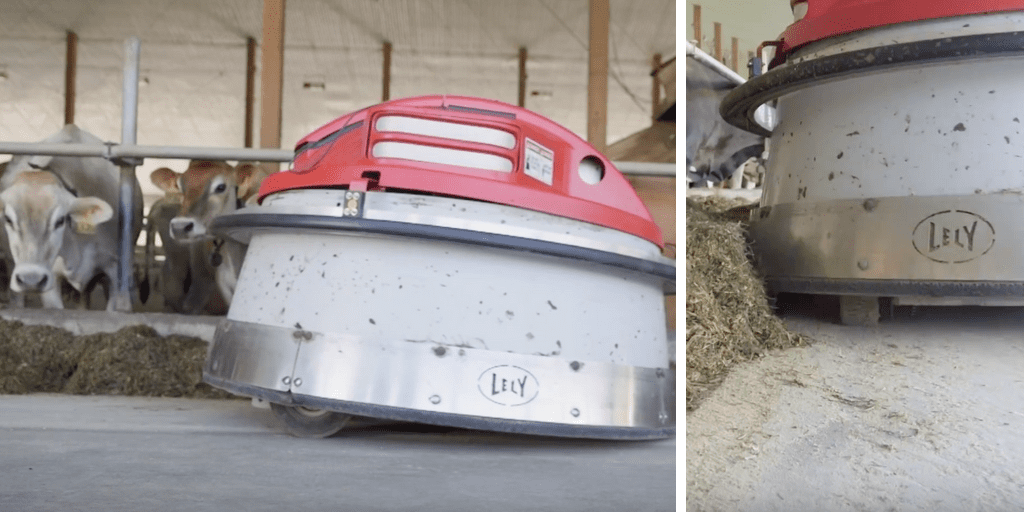
Tractors Drive Themselves & Ensure Accurate Application of Seeds, Nutrients
Many dairy farms grow the feed for their own cows. That means each season putting in the countless hours of planting crops like corn (used in silage). When you’ve got thousands of acres to get in the ground, grow, and harvest, you need a tractor that’s up to the job. GPS technology is no longer just for your car, it’s helping farmers accurately cover their fields. Many modern tractors are driving themselves through that GPS technology, leaving just the turning to the farmer. This allows the farmer to keep a closer eye on the seeder, or manure applicator they may be towing.
Called ‘Precision Agriculture’, this technology and these practices can eliminate human error. Crops are seeded in even rows and areas are not covered more than once. That means more money saved. It also means when farmers need to use manure fertilizer, pesticides or herbicides, the right amounts are applied, and in the right spots. This precision helps to ensure that nutrients stay on the field, and helps to protect our environment and waterways.
Technology Gives Farms an Edge on Mother Nature
Mother Nature is an ever-present force looming over farmers. It’s a factor they can’t control but always prepare for. At Copper Hill Farm in Fairfax, Kurt Magnan, a fourth-generation dairy farmer, pulls out his phone and checks the data coming in from his remote weather station. Located on a hill north of the barn, the weather station features wind and rain gauges, as well as other sensors that record temperature, and humidity. This information is sent to his smartphone in real time. It allows Magnan to make informed decisions about his work. The data helps Magnan decide what, and how much manure he should apply to his fields. It’s another example of how dairy farmers utilize technology to protect the lands they use and love.
Vermont and New England dairy farmers don’t take days off, they never stop monitoring and caring for their animals and their lands. Even though their tools have changed drastically, dairy farmers continue to work effectively and efficiently to produce healthy foods. And with our population slated to reach 9.7 billion by 2050, we’ll need all of our farmers and their technology.
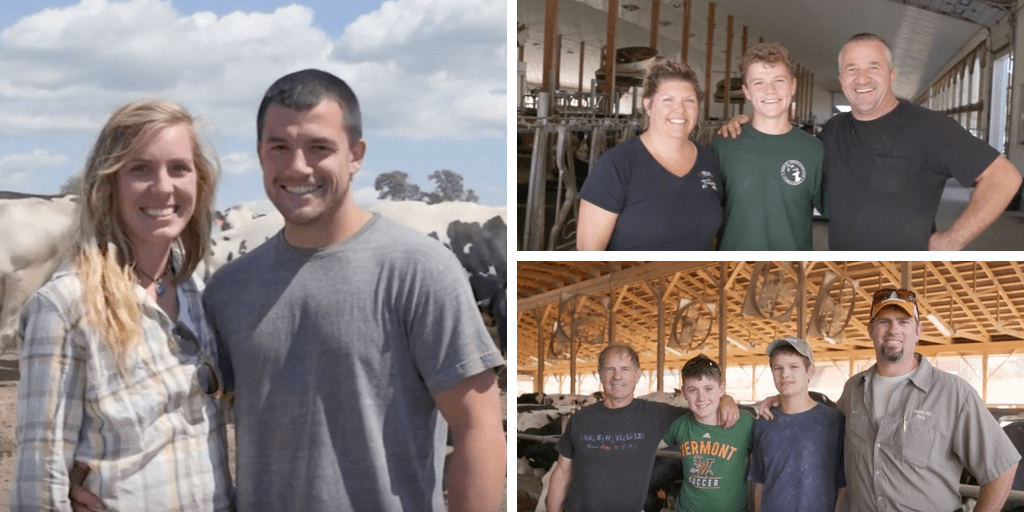
Left Image: Meg and Dylan Nelson. Upper Right Image: Sweet Family. Lower Right Image: Magnan Family.
